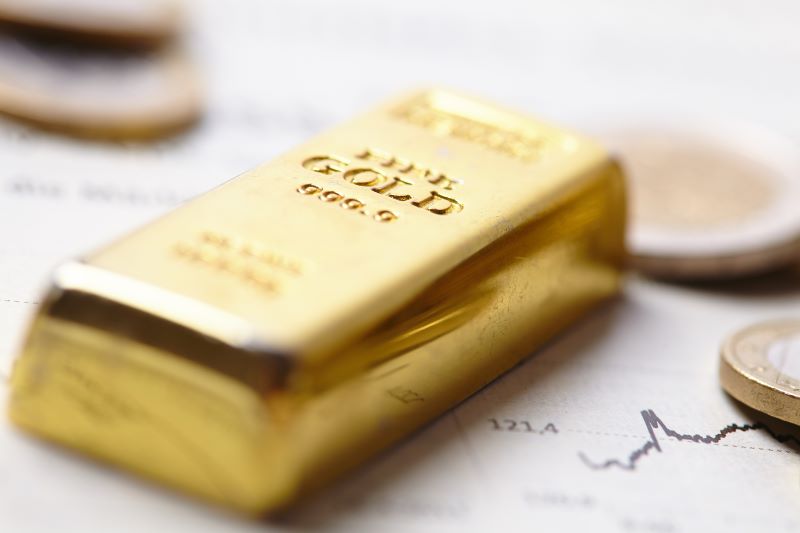With the renewed demand for the United States dollar (USD), the gold price has started to lose its shine among investors and move in a consolidation chart pattern in May after an exceptionally bullish month of April, during which it reached a new all-time high (ATH).
At the same time, the expectation that the Federal Reserve might ease its rate policy, heightened by the recent Nonfarm Payrolls (NFP) data of 175,000 jobs added (as opposed to the expected 238,000) in April, could fuel gold price recovery, particularly as it becomes more affordable to foreign buyers.
On top of that, the rising demand from Asian markets, sustained central bank purchases, and the precious metal’s status as a safe haven commodity amid ongoing geopolitical complications in the Middle East, could support an increase in trade volumes and assist in recovering its price.
Gold price prediction
Meanwhile, the yellow metal is still holding above the critical 100-day exponential moving average (EMA) on the daily chart, with the 14-day relative strength index (RSI) at 58, whereas its shorter-term outlook appears negative, staying within a descending trend channel since its ATH.
If gold is to get out of this channel, it would first surpass the $2,350 – $2,355 zone from late April, after which the $2,400 would appear as the next resistance, and if it manages to cross it, gold would then face the next barrier at its all-time record price of $2,431.52 per ounce.
It is also important to note that analysts from Citigroup (NYSE: C) have recently predicted that the precious metal, “aided by geopolitical heat” and “coinciding with record equity index levels,” could surpass the price of $3,000 per troy ounce in the following six to 18 months, as Finbold reported on April 17.
“The recent gold rally has been aided by geopolitical heat and is coinciding with record equity index levels. (…) We project $3,000/oz gold over the next 6-18 months.”
According to these experts, the price gains will likely arrive from increased flows from managed money players, who are showing signs of catching up with demand from central banks and consumers in Asia, in addition to the start of the Fed’s interest rate cutting cycle or potential recession.
Moreover, Bloomberg’s senior commodity specialist Mike McGlone is also certain that gold would hit the $3,000 price tag per ounce thanks to the combination of two financial indicators – the lowest CBOE S&P 500 Volatility Index (VIS) and the highest US Treasury bill rates since 2007.
Gold price analysis
At press time, the gold price per ounce stood at $2,319.91, while the gold price per gram amounted to $74.58, which suggests a decrease of 0.28% on the day, a 0.30% drop across the past week, and a decline of 0.54% on its monthly chart, according to the most recent data retrieved by Finbold on May 7.

All things considered, gold could, indeed, reach the price of $3,000 sometime in the future, but it could take a while considering its largely bearish behavior on recent charts and the lack of upcoming catalysts to move the markets significantly in any direction.
Disclaimer: The content on this site should not be considered investment advice. Investing is speculative. When investing, your capital is at risk.









